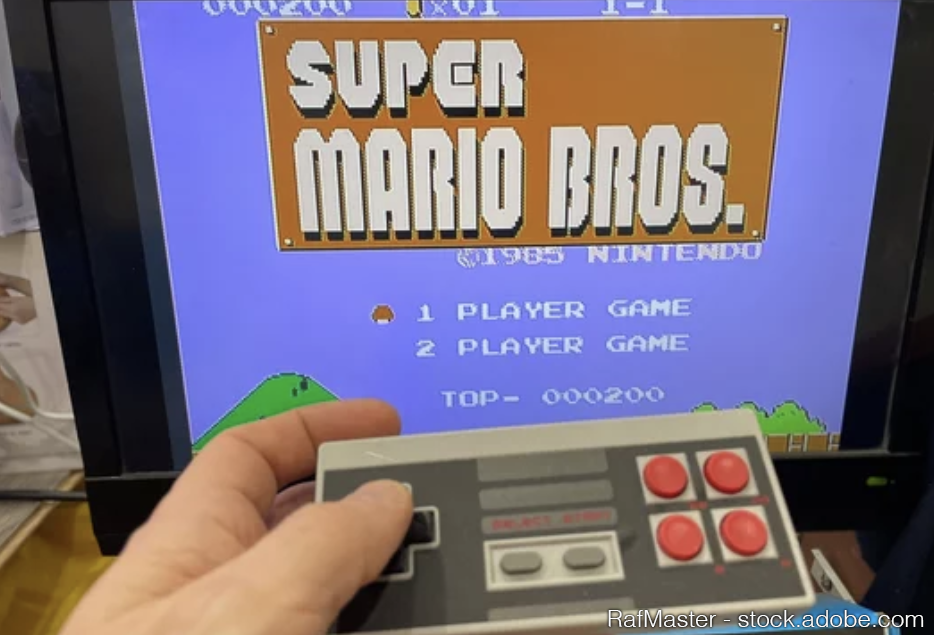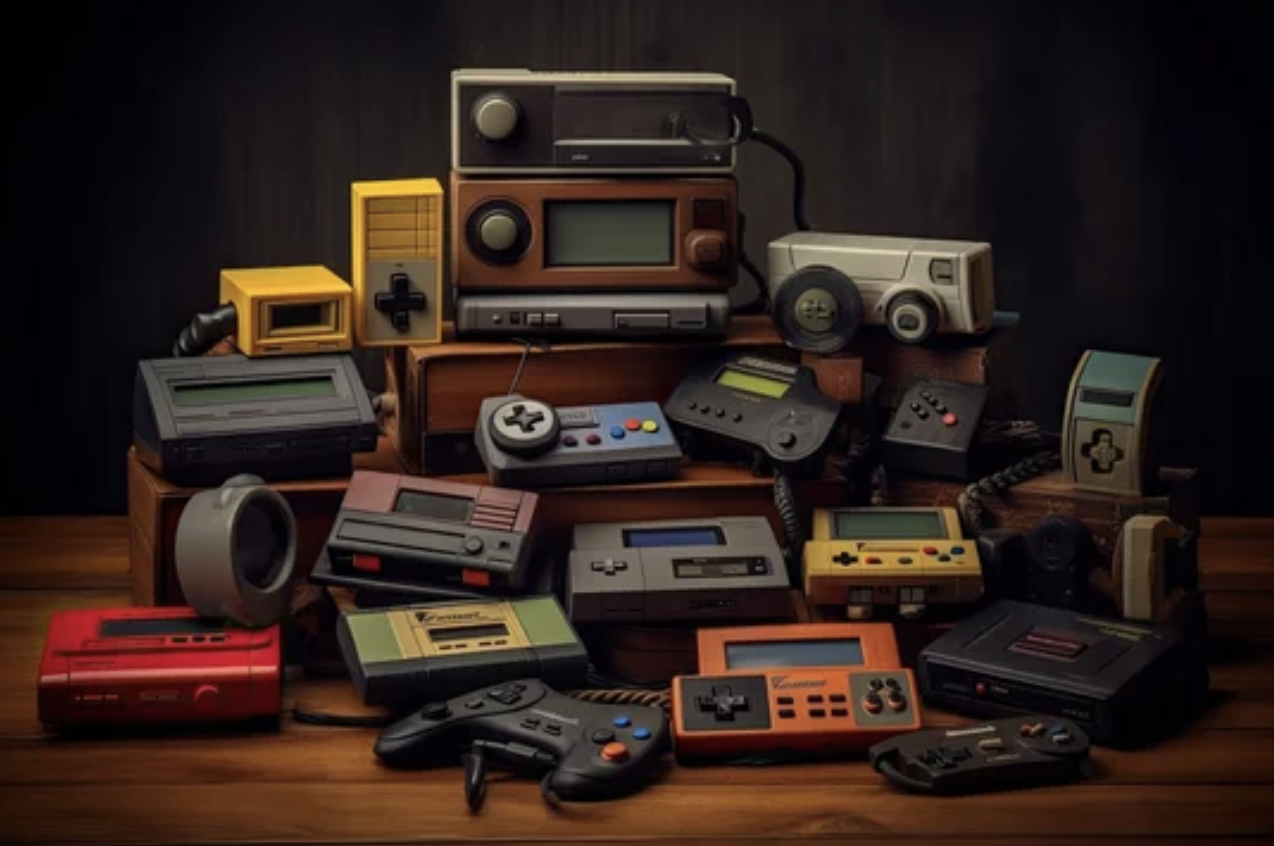Recently, the term “Retro Games” has gained much attention from many people. There are many retro games that have been rereleased with new features and refined graphics, making classic video game collecting a new hobby for many.
This hobby has become increasingly expensive, with the prices of classic “retro” games from previous console generations skyrocketing in recent years. Games once considered niche curios now command prices rivaling vintage art at auction. These prices are over 3 to 5 times higher than the original prices.
The second-hand game shops in Akihabara, a famous place for animes, games, and mangas, stated that the increasing popularity of retro games overseas caused this price rise. They also claimed that the number of international tourists visiting the shop had surpassed the number of Japanese clients, which also reflects the continuous depreciation of Yen.
Furthermore, there is a trend of collecting these “retro” games as an investment following a copy of unopened Super Mario Bros 1985 to be sold at $2 million in the auction. The number of retro games only decreases and never increases, which adds a premium value to these collections.

What is a Retro Game?
A retro game generally refers to a video game from the 3rd generation of consoles and earlier, spanning from the 1970s through the late 1990s. It covers systems like the Atari 2600, Nintendo Entertainment System (NES), Super Nintendo (SNES), Sega Genesis, and original PlayStation. Games from this era have a nostalgic appeal as many grew up playing classics like Super Mario Bros., The Legend of Zelda, Sonic the Hedgehog, and Final Fantasy. Additionally, “retro games” also include portable games such as Game Boy and its series.
THE Retro Game in Japan: Nintendo – Family Computer
For many Japanese, Nintendo’s Family Computer, also known as Famicom, is THE retro game. It has been 40 years since its original release, selling from 1983 until 2003, when its production was stopped. Over this period, Famicom sold over 61 million consoles. They also offered multiple educational content, which is the cause of its popularity as it lowered parents’ psychological barrier to buying a gaming console.
Prior to its release, people enjoyed arcade games, which were only accessible to high school students or older. Therefore, Famicom’s appearance was praised by many younger children as it allowed them to enjoy gaming at home.
What Makes Retro Games so Appealing Now?
Beyond just nostalgic sentiment, several factors drive the retro game price surge. Their age makes finding complete, undamaged games and packaging difficult.
However, the games’ technological limitations also lend them a timeless, enduring quality, lacking in modern cinematic games. Retro classics tend to have simple yet tight gameplay focused on scoring points rather than linear storytelling.

Other causes of its boom include its pure gameplay focus and no additional purchase required. In recent games, it is common to have online connections with other players and extra content that can be purchased to advance gameplay. These factors could cause unnecessary stress in gaming as some people enjoy degrading less skilled players. On the other hand, the retro game solely focuses on players’ skills and does not require in-game purchases.
Whatever the reasons individuals find in collecting retro games, demand shows no signs of slowing retro game gems’ price surge.

.
.



